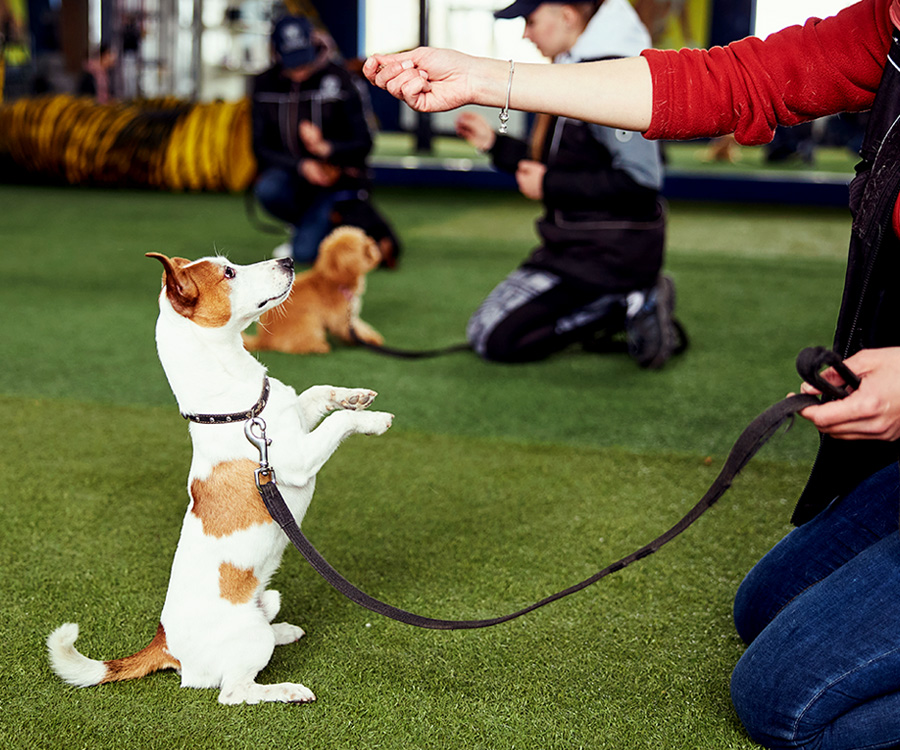Empower Your Wellness Journey
Discover tips and insights for a healthier lifestyle.
Train Like a Dog Whisperer Without Losing Your Mind
Unlock your inner dog whisperer! Discover stress-free training tips to bond with your pup and transform your life—no madness required!
Understanding Canine Body Language: Keys to Effective Training
Understanding canine body language is crucial for any effective training regimen. Dogs communicate primarily through their body language, which includes a variety of signals such as tail wagging, ear position, and facial expressions. By learning to interpret these signs, owners can better respond to their dog's needs and emotions. For instance, a dog with a relaxed body posture and wagging tail is likely happy and open to training, while a dog that is cowering or has a tucked tail may be fearful or anxious. Recognizing these cues is the first step in creating a positive learning environment.
Additionally, it's important to be aware of the keys to effective training that hinge on understanding your dog's body language. Positive reinforcement, consistency, and patience are essential components. When a dog exhibits confident body language, such as standing tall with ears perked, it's the perfect time to reward them for good behavior. Conversely, if a dog shows signs of stress, such as yawning or lip licking, it may signify the need for a break or a change in approach. By being attuned to these signals, trainers can tailor their methods to promote a healthy and responsive relationship with their canine companions.

Top 5 Tips to Communicate Like a Dog Whisperer
Communicating like a dog whisperer requires an understanding of canine body language and the ability to read their emotions. One of the top tips is to observe your dog's posture, tail position, and facial expressions. These physical cues are key indicators of how your dog is feeling. For instance, a wagging tail doesn’t always mean a dog is happy; it can also indicate excitement or anxiety. By learning to interpret these signals, you can respond appropriately, creating a stronger bond and improving your communication.
Another vital aspect of becoming a better communicator is to use calm, consistent commands. Dogs respond well to clear and concise instructions, so it's essential to use the same words and tone each time. For example, when teaching your dog to sit, always use the same word and a consistent hand signal. This not only reinforces their training but also fosters trust as they learn that they can rely on you for guidance. Remember, patience and practice are crucial for both you and your furry friend!
How to Train Your Dog Without Losing Your Patience
Training your dog can be a rewarding yet challenging experience. To maintain your patience during this process, it’s essential to set realistic expectations. Start by breaking down commands into smaller steps, ensuring your dog understands each command before moving onto the next. Using positive reinforcement, such as treats and praise, can significantly improve your dog's responsiveness and make training sessions more enjoyable for both of you.
Additionally, establish a consistent training schedule that works for you and your dog. This consistency helps your dog learn at a comfortable pace and reduces frustration. Remember to stay calm and composed, as your dog can sense your emotions. If you find yourself getting frustrated, take a break and return to training later. By staying patient and persistent, you’ll build a stronger bond with your dog and enjoy the training process together.